The Physics of Quantum Computing
Introduction
Quantum computing is a subfield of quantum information science that explores the application of quantum mechanics principles to computation. Unlike classical computers, which use bits as their most basic unit of data, quantum computers use quantum bits, or qubits. These qubits can exist in multiple states simultaneously, a property known as superposition, and can be entangled, meaning the state of one qubit can be dependent on the state of another, no matter the distance between them. These properties allow quantum computers to process a vast number of computations simultaneously, potentially solving certain problems much more quickly than classical computers.

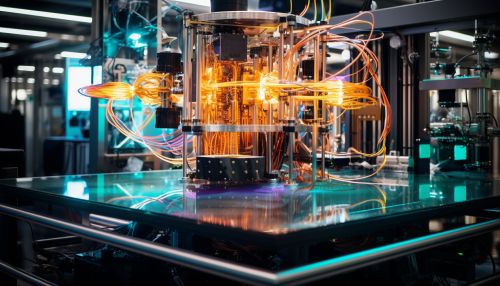
Principles of Quantum Mechanics
Quantum mechanics is a fundamental theory in physics that provides a description of the physical properties of nature at the scale of atoms and subatomic particles. It introduces concepts such as superposition and entanglement, which are key to understanding the operation of quantum computers.
Superposition
In quantum mechanics, superposition is the ability of a physical system to be in multiple states at the same time. In the context of quantum computing, a qubit in a superposition state can be both in state |0⟩ and state |1⟩ simultaneously, as opposed to classical bits which can be either in state 0 or 1. This allows a quantum computer with n qubits in superposition to exist in 2^n states simultaneously, providing a massive parallelism.
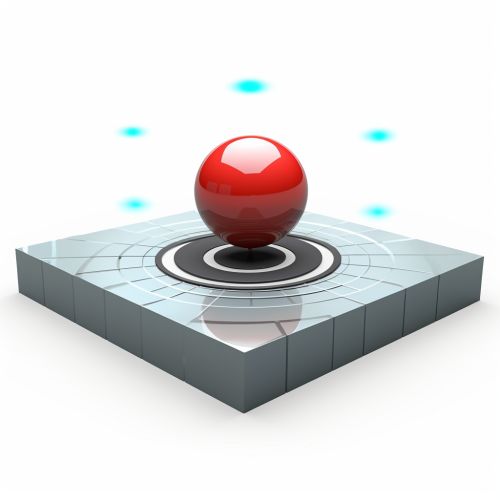
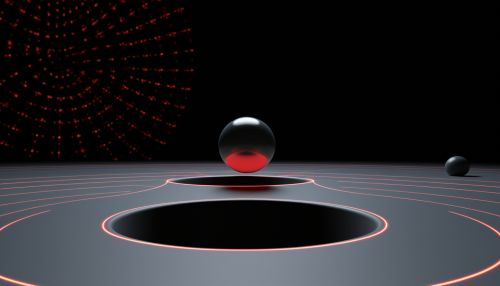
Entanglement
Entanglement is another quantum phenomenon where two or more particles become linked, and the state of one particle is directly related to the state of the other, no matter the distance between them. This property is used in quantum computing to link qubits in a way that the state of one qubit can directly influence the state of another.
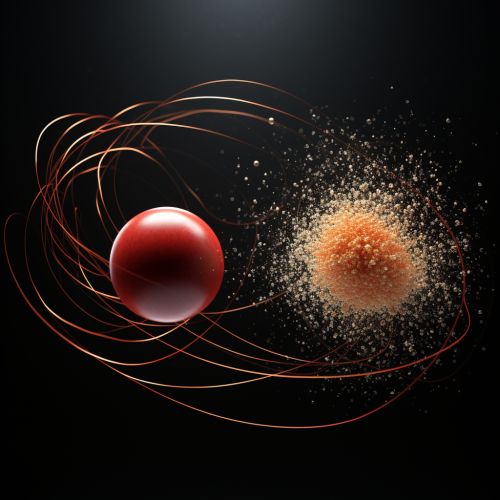
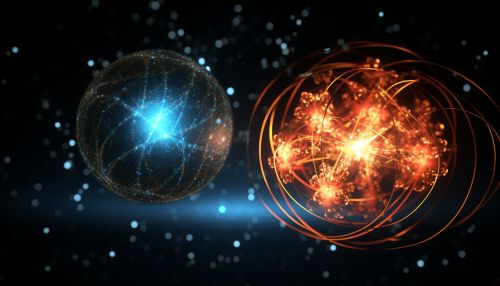
Quantum Gates and Circuits
Just as classical computers use logic gates to perform operations on bits, quantum computers use quantum gates to perform operations on qubits. However, unlike classical gates, quantum gates are reversible and can perform operations that take advantage of the properties of superposition and entanglement.
Quantum circuits are sequences of quantum gates. Quantum algorithms are typically described in terms of quantum circuits. Some well-known quantum circuits include the Quantum Fourier transform and the Quantum phase estimation circuit.
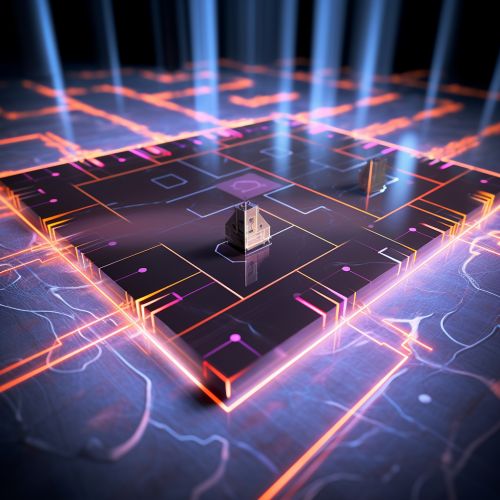

Quantum Algorithms
Quantum algorithms are computational procedures that run on quantum computers. They leverage the principles of quantum mechanics to solve certain problems more efficiently than classical algorithms. Some of the most famous quantum algorithms include Shor's algorithm for factorization and Grover's algorithm for search.
Shor's Algorithm
Shor's algorithm, proposed by Peter Shor in 1994, is a quantum algorithm for integer factorization. It can factorize a large number into its prime factors exponentially faster than the best known classical algorithm. This has significant implications for cryptography, as many encryption algorithms rely on the difficulty of factorization.
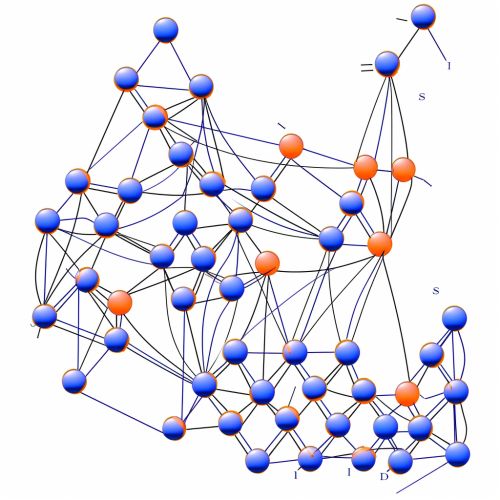
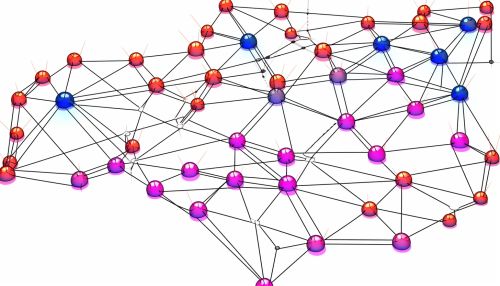
Grover's Algorithm
Grover's algorithm, proposed by Lov Grover in 1996, is a quantum algorithm for unstructured search. It can search an unsorted database quadratically faster than any classical algorithm. This makes it useful for a wide range of search problems.
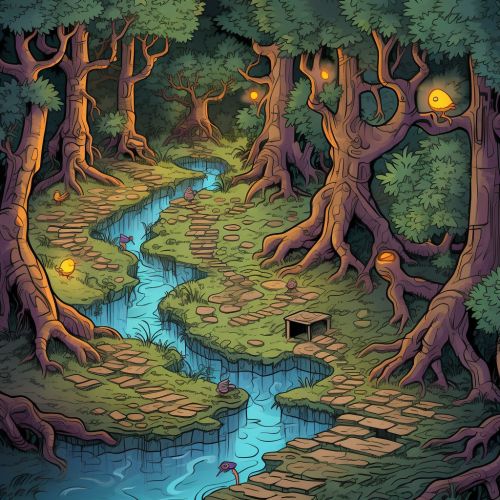
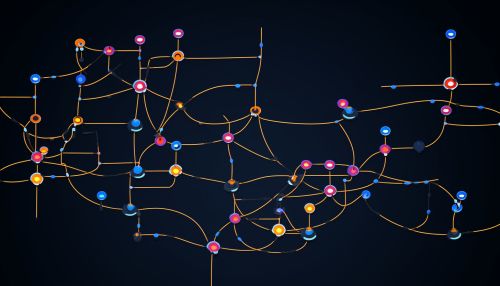
Quantum Computing and Cryptography
Quantum computing has significant implications for cryptography. As mentioned, Shor's algorithm can break many of the encryption algorithms currently in use. This has led to the development of quantum cryptography, which uses the principles of quantum mechanics to secure data.
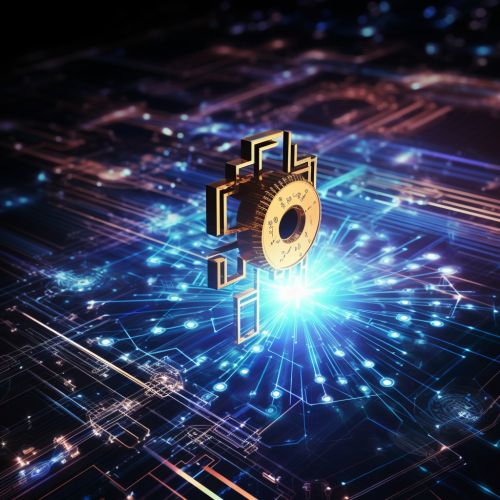
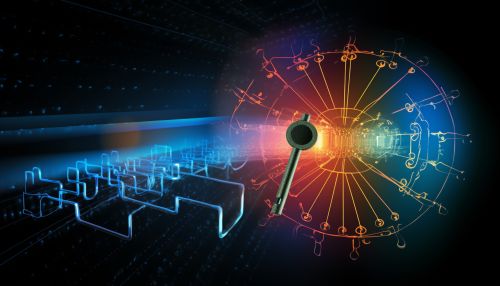
Challenges and Future Directions
Despite the potential of quantum computing, there are significant challenges to be overcome. These include issues with qubit stability, error correction, and the development of practical quantum algorithms. However, research in this field is ongoing, and the future of quantum computing looks promising.


